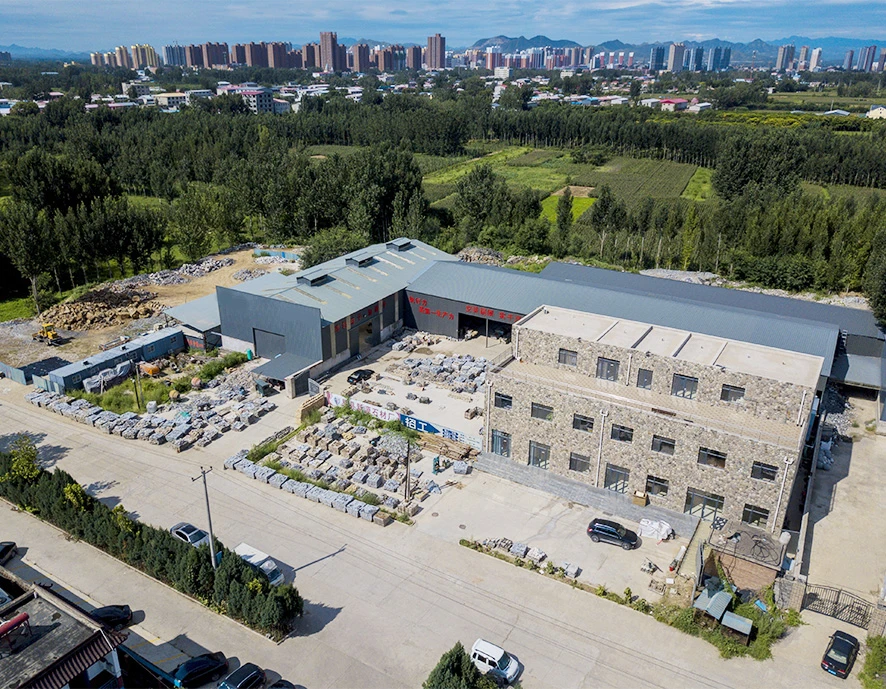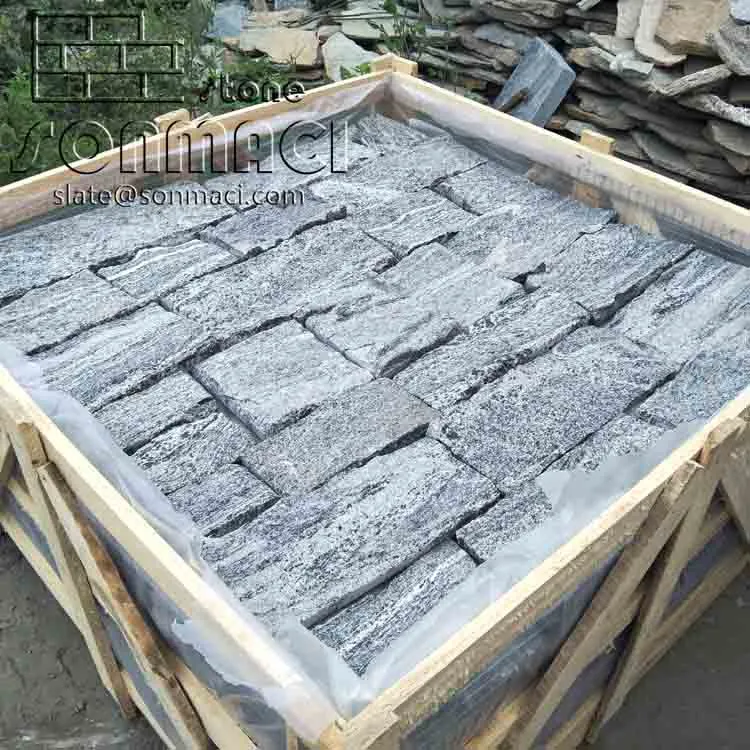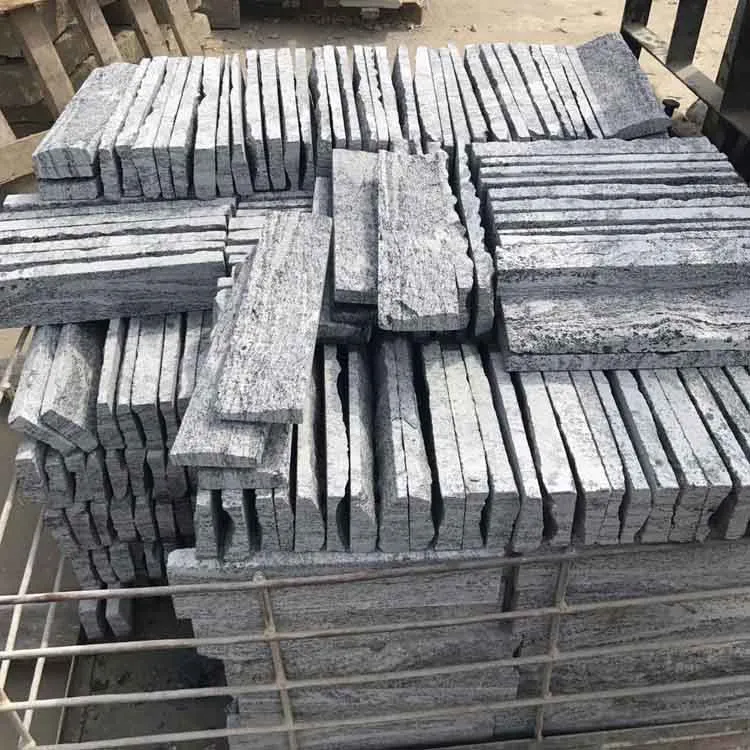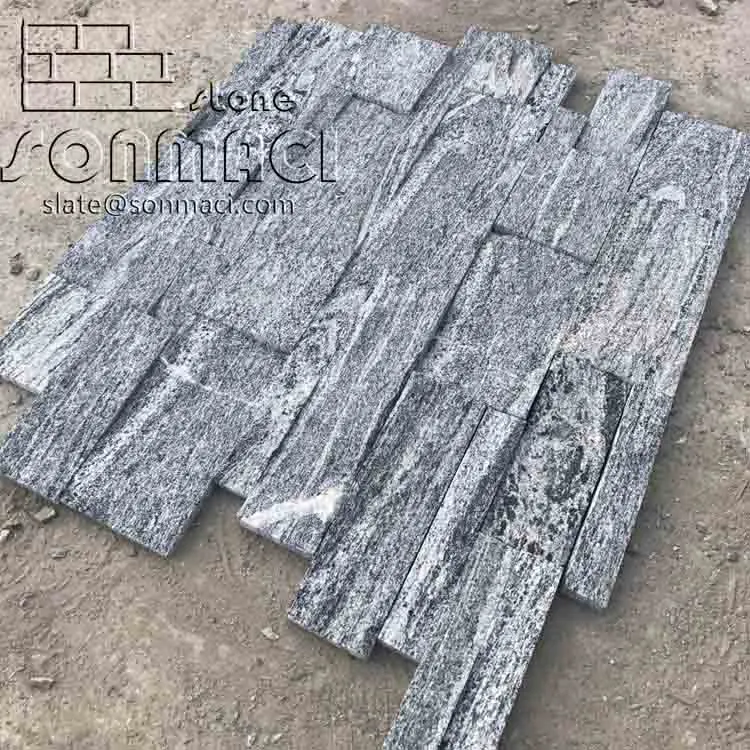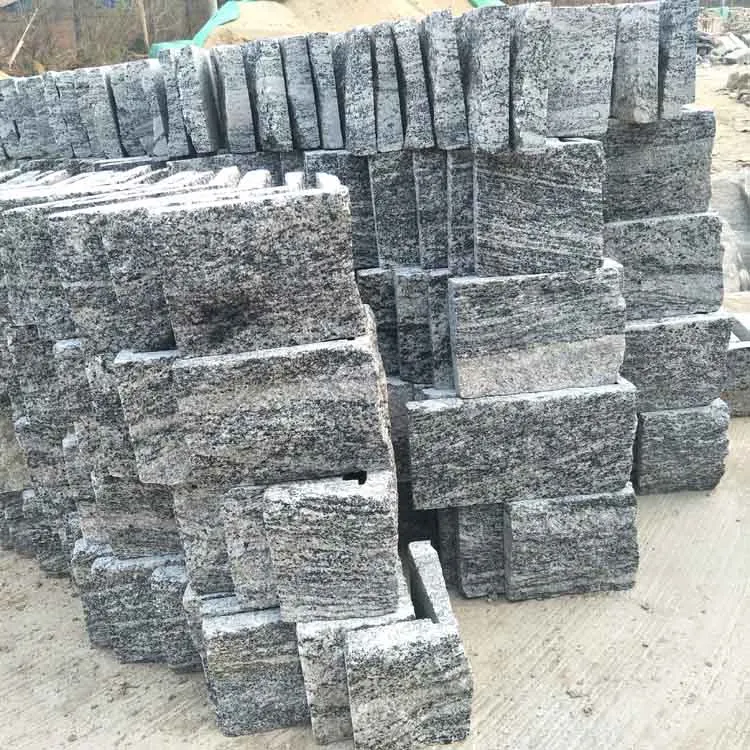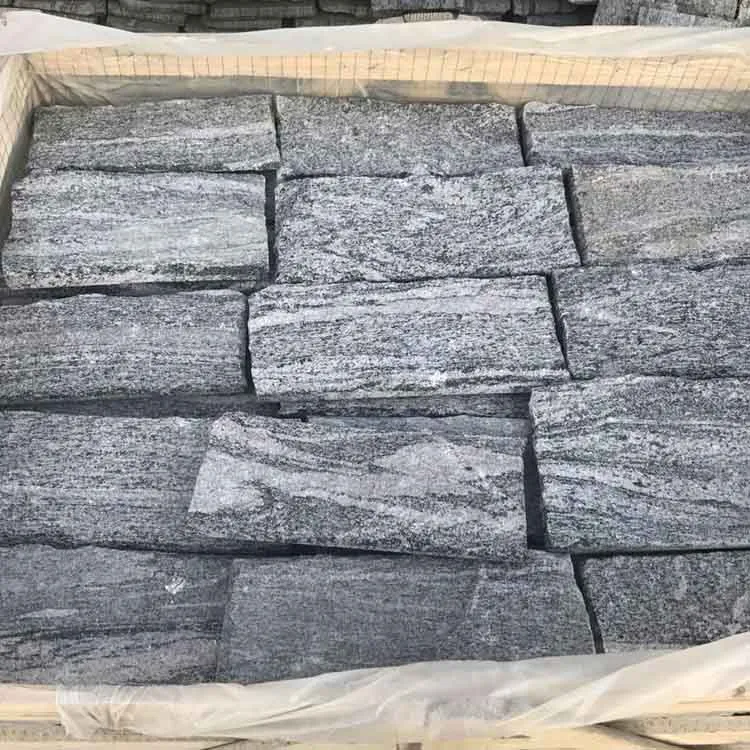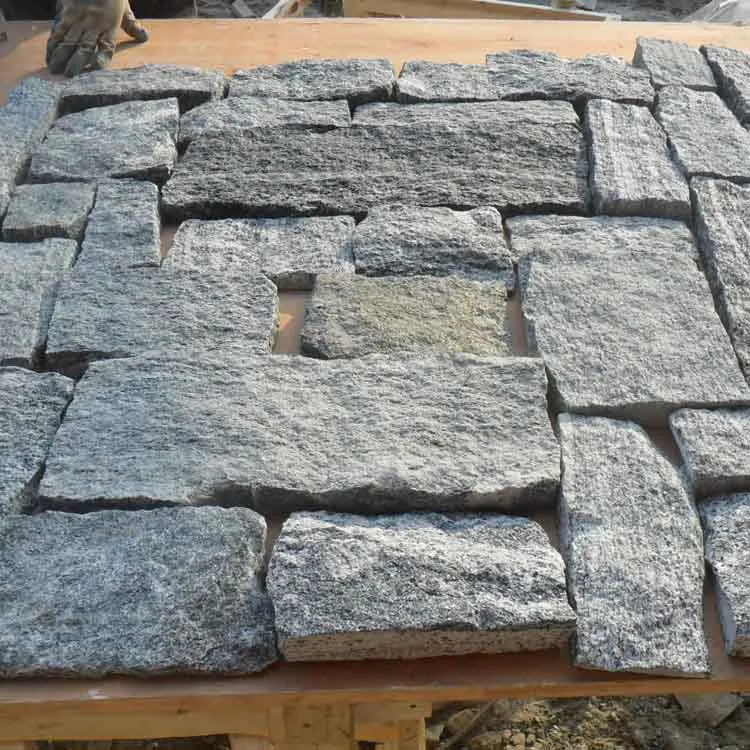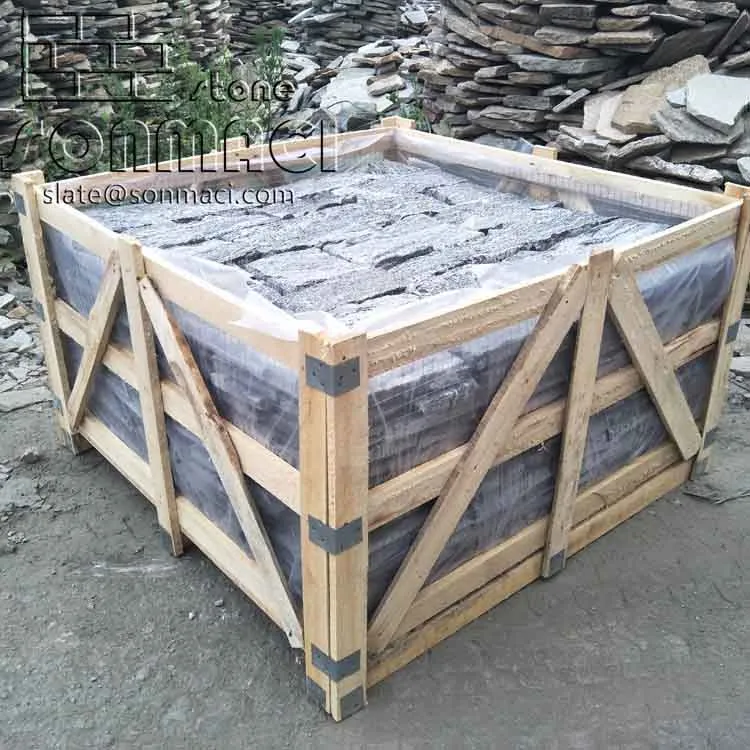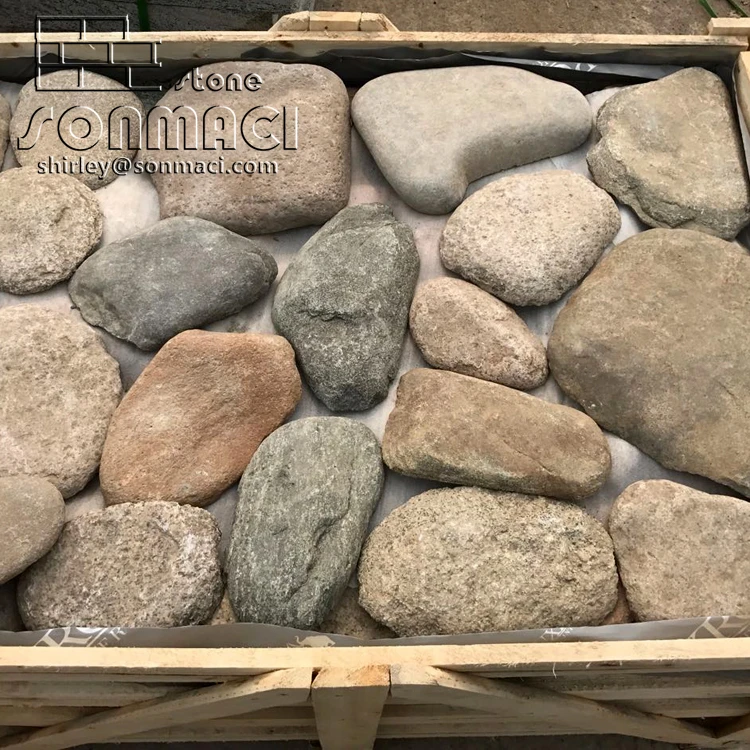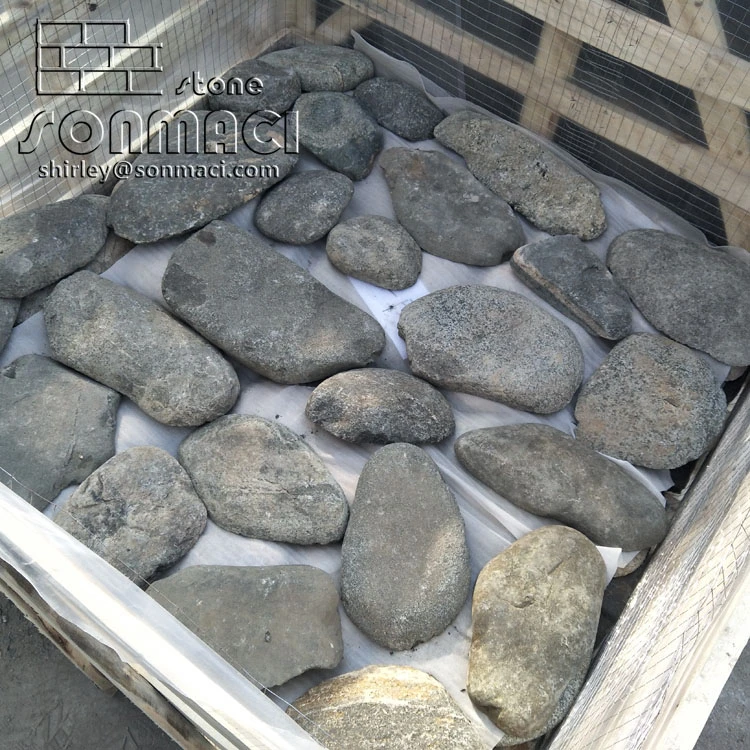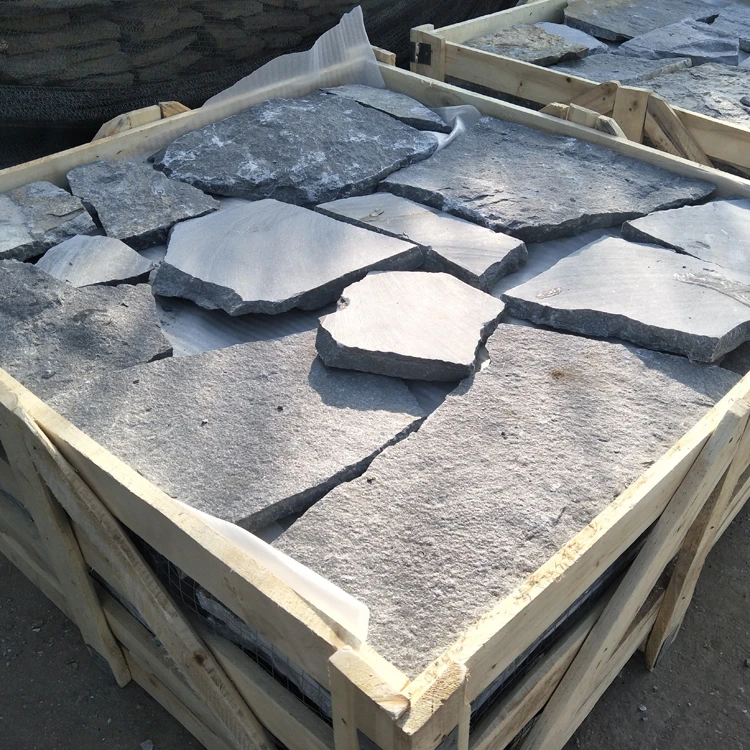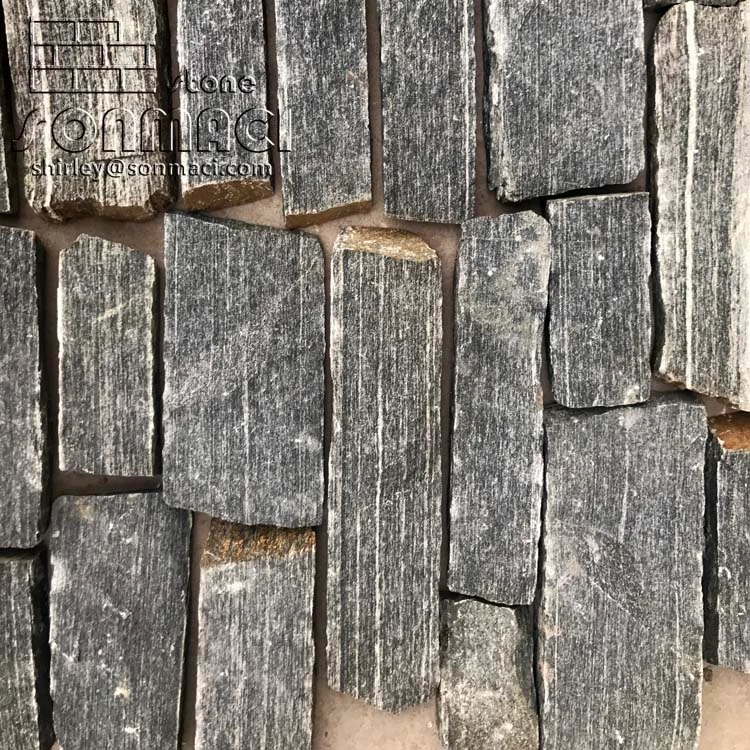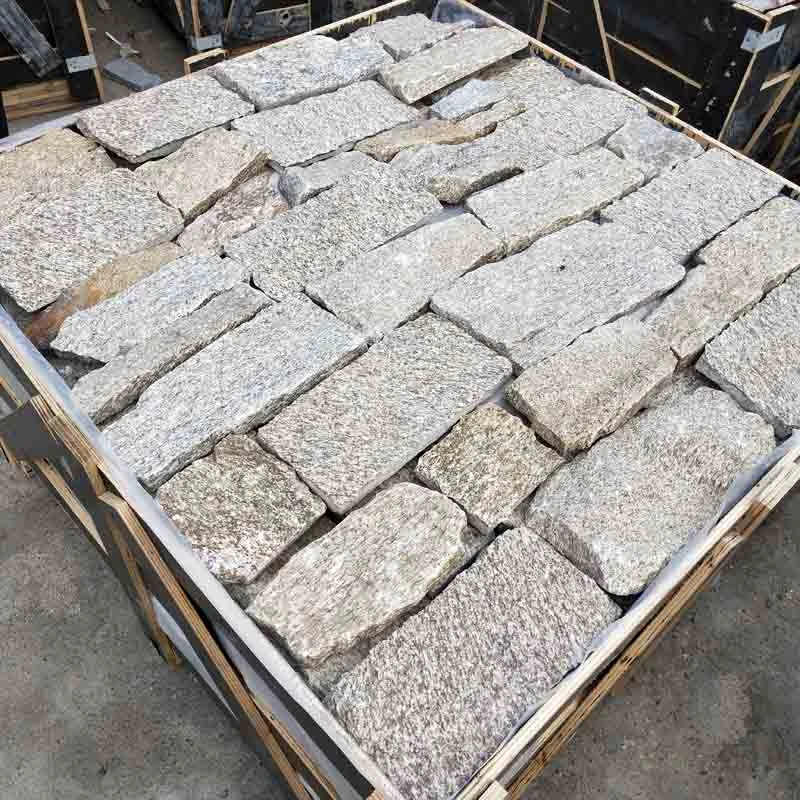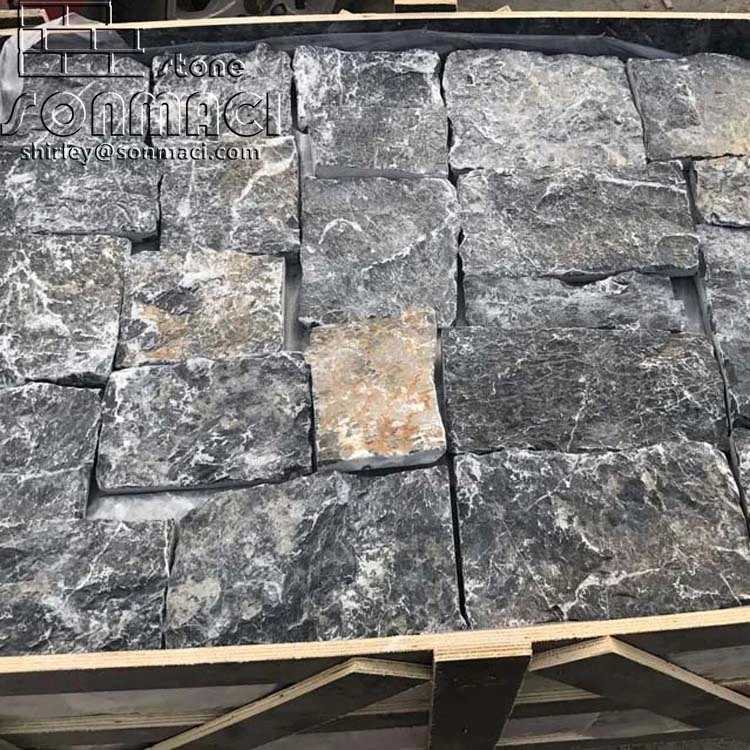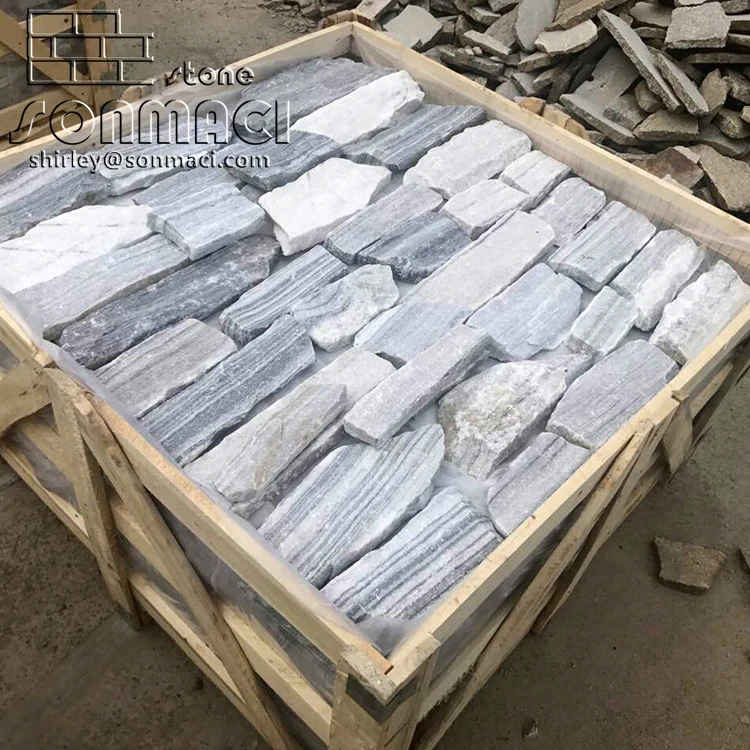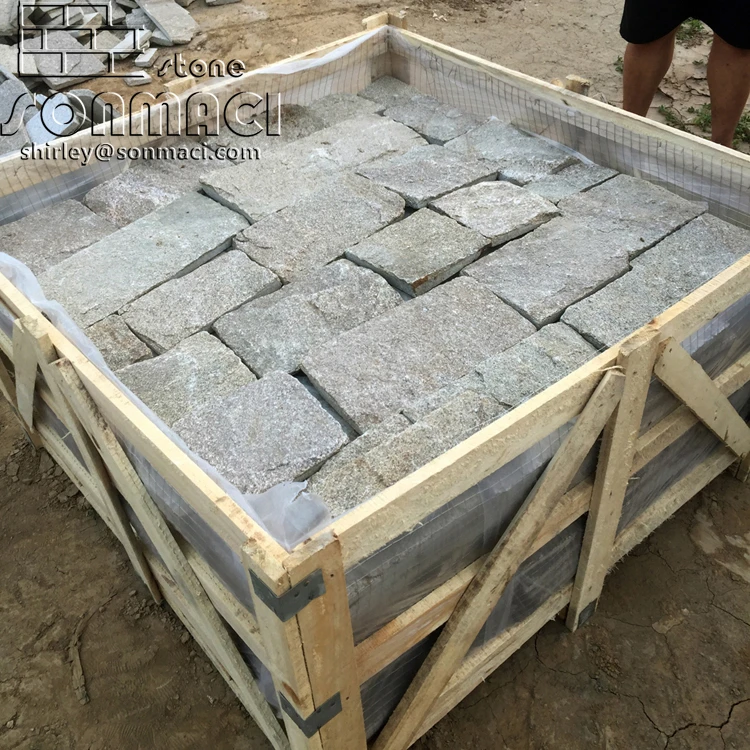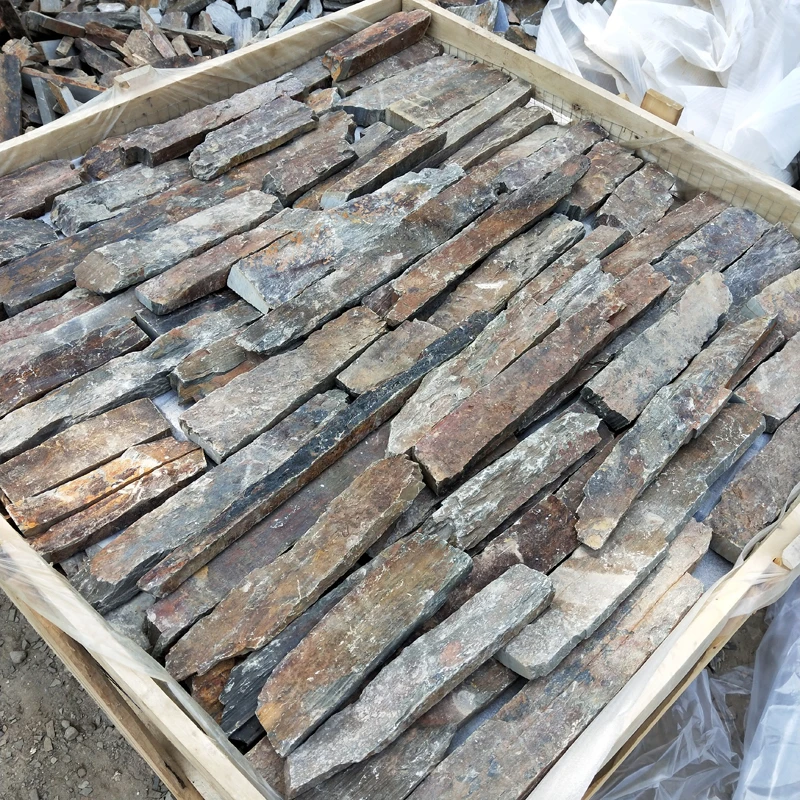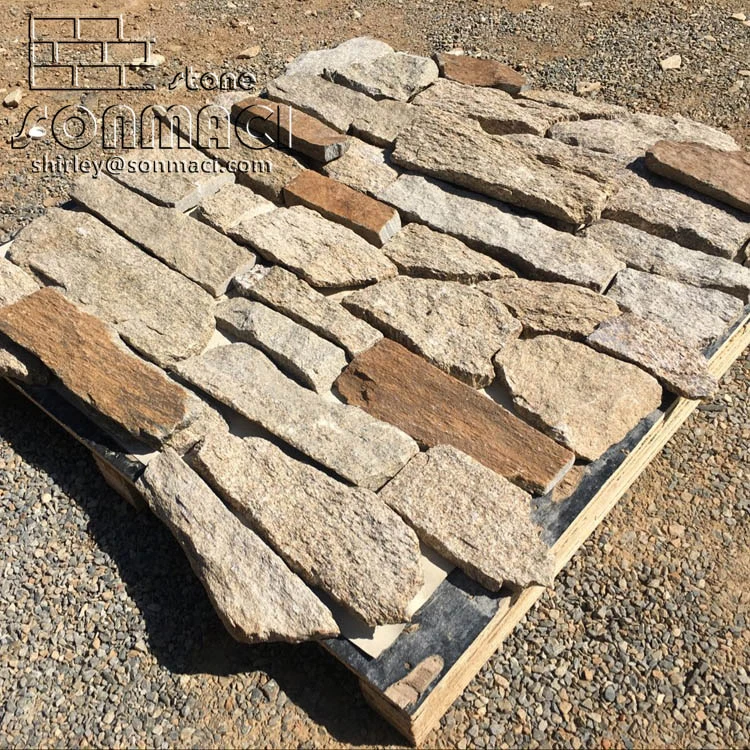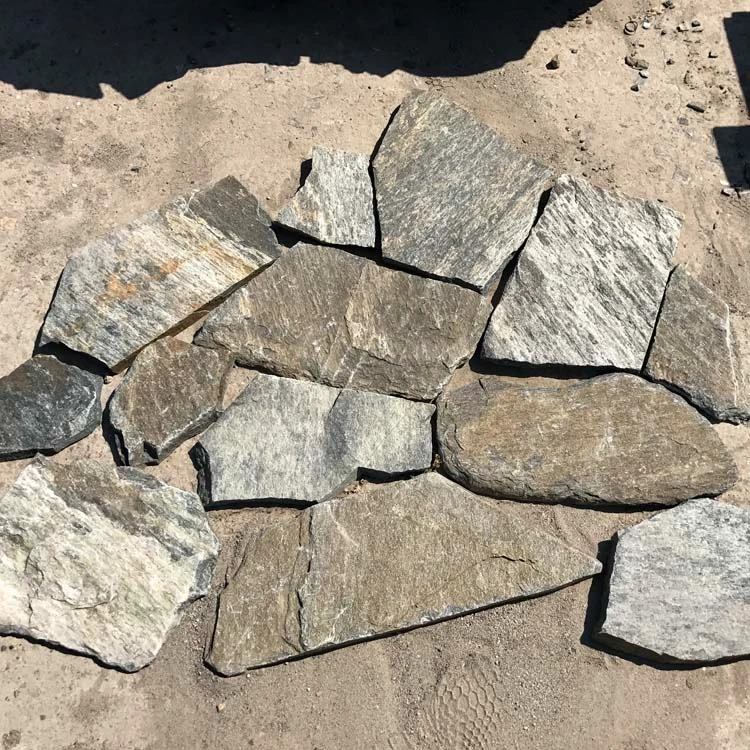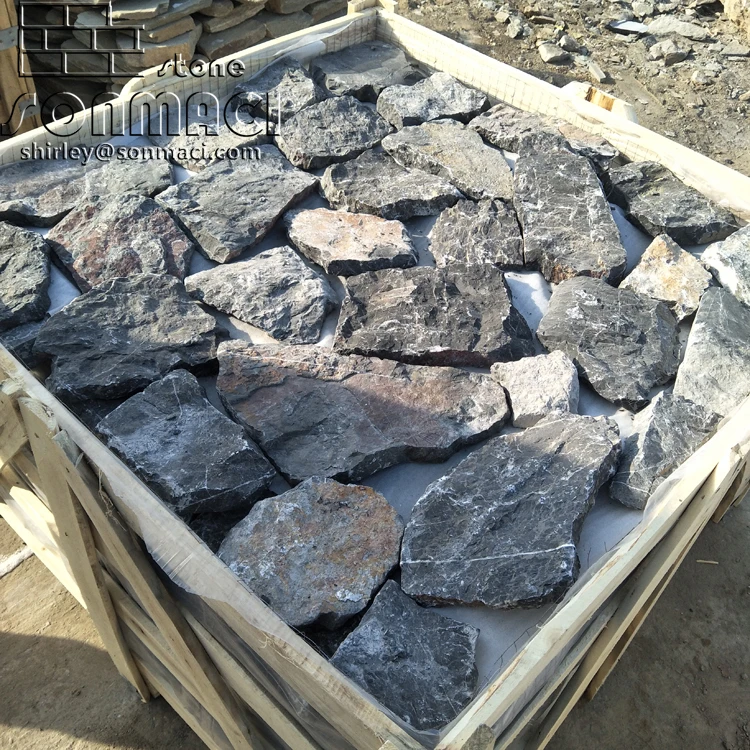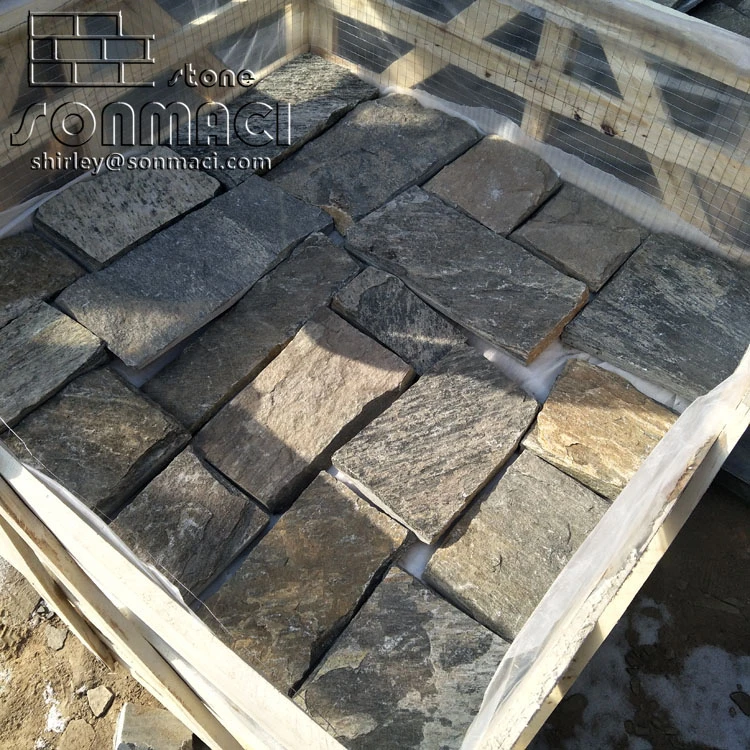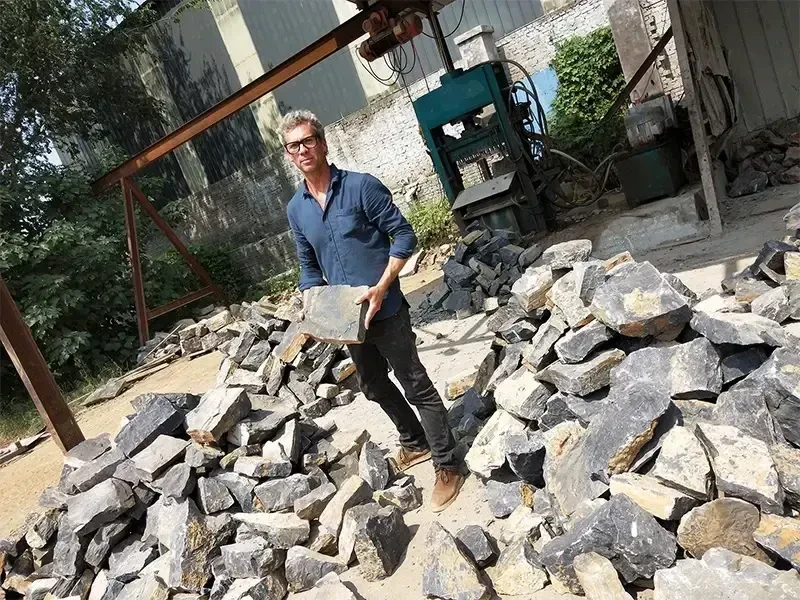Decorative Free Forms Exterior Stone Veneer
|
Item |
Decorative Free Forms Exterior Stone Veneer |
|
Material |
slate / marble and other stone |
|
Color |
white /green/black/ rusty and more available |
|
Feature |
Riched veins, solid texture and bright colors, low water absorption,Resist acid,light,fire and coldness. |
|
Usage |
For indoor and out door walls , floor and ground decorating . Such as the floor and wall of bath room , swimming pools , halls ,entrance ,floor in lift and so on . |
|
Size |
Length:2"-14" W:1"-6" |
|
Packing |
15sqm/crate, export standard |
|
Loading Port |
TIANJIN |
|
Payment Item |
30% T/T in advance and 70% balance at once against the copy of B/L |
|
Delivery Time |
15 days for one 20 FCL after receive the deposit |
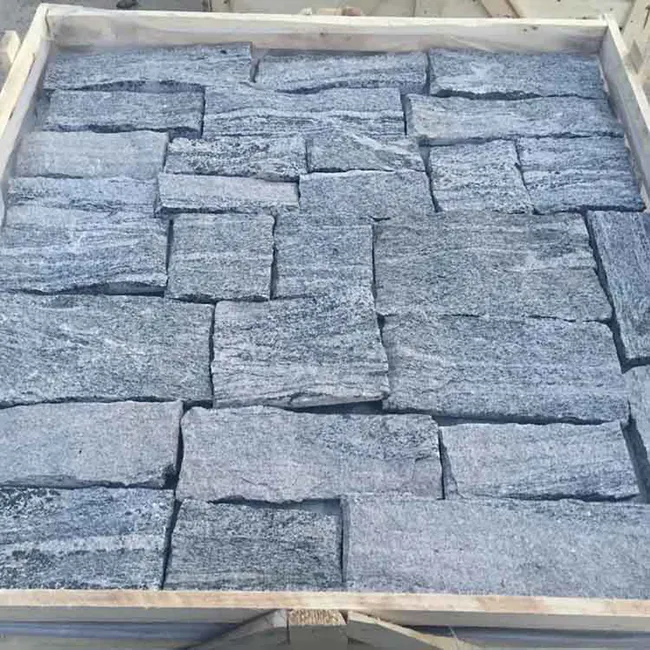
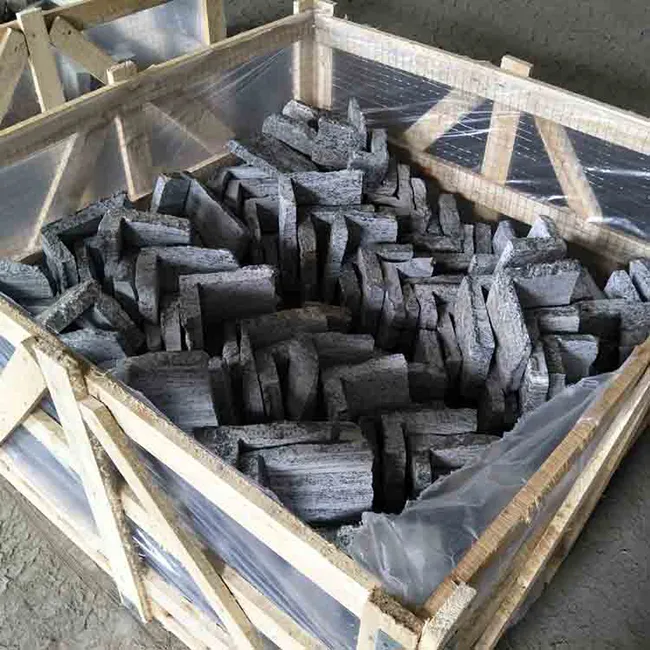
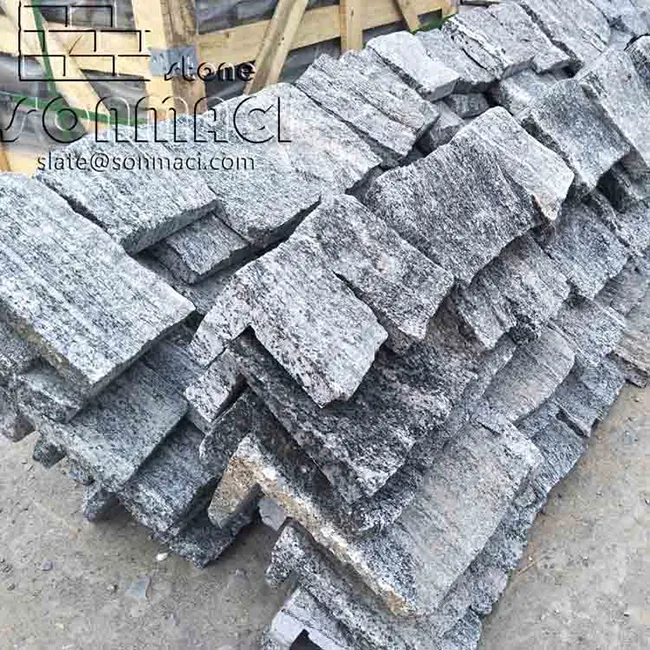

The Transformative Power of Stone Cladding for Exterior Walls
In the realm of architectural design, stone cladding has emerged as a premier choice for transforming ordinary facades into extraordinary statements of durability and aesthetic appeal. This ancient building technique, reimagined for contemporary construction, involves applying thin layers of natural or engineered stone to exterior walls, creating the illusion of solid masonry without the structural weight or cost. The result is a harmonious blend of timeless elegance and modern performance that elevates buildings from mere structures to works of art that engage with their natural surroundings.
The visual impact of stone cladding is immediate and profound. Natural stone varieties like granite, limestone, and sandstone bring the earth's palette to building exteriors, with each piece showcasing unique mineral deposits, fossil patterns, and color gradations formed over millennia. When sunlight plays across a stone-clad facade, the textured surface creates dynamic shadow lines that change throughout the day, giving the building a living quality that flat materials cannot replicate. This organic variability allows architects to design facades that appear handcrafted rather than manufactured, whether aiming for the rugged charm of a countryside villa or the sleek precision of urban contemporary design.
Beyond aesthetics, stone cladding serves as a protective shield for buildings, offering exceptional resistance to environmental challenges. The dense molecular structure of natural stone forms an impervious barrier against moisture penetration, preventing the deterioration that plagues many modern building materials. In harsh climates, stone cladding acts as natural insulation, moderating temperature fluctuations to reduce energy costs. Its UV-resistant properties ensure colors remain vibrant for decades without fading, while the material's inherent fireproof qualities provide an additional layer of safety. Unlike synthetic alternatives that degrade under pollution and weather, stone cladding actually improves with age, developing a distinguished patina that enhances its character over time.
The installation versatility of modern stone cladding systems has revolutionized its application possibilities. Advanced anchoring technologies allow for seamless integration with various structural supports, from concrete to steel frameworks, enabling creative freedom in both new construction and renovation projects. Innovative cutting techniques produce thinner, lighter panels that maintain the visual weight of full-dimension stone while reducing load requirements. This adaptability makes stone cladding equally suitable for creating dramatic entrance features, wrapping entire building envelopes, or adding strategic textural accents to highlight architectural details.
From an environmental perspective, stone cladding represents one of the most sustainable cladding options available. As a natural material, it requires minimal processing energy compared to manufactured alternatives, and its longevity ensures it won't contribute to the construction waste cycle for generations. When locally sourced, stone cladding reduces transportation emissions while giving buildings a genuine connection to regional geology. The material's thermal mass properties contribute to passive heating and cooling strategies, reducing a building's energy demands throughout its lifespan. Even at the end of its service life, stone cladding can often be repurposed or recycled, completing an environmentally responsible lifecycle.
Modern stone cladding solutions have overcome traditional limitations through technological innovation. Engineered stone products now offer the beauty of natural stone with enhanced consistency and workability, while advanced sealing treatments protect porous varieties without altering their appearance. Computer-aided design allows for precise panel layouts that maximize stone yield and minimize waste, and digital fabrication creates complex shapes that were once impossible with traditional stoneworking techniques. These advancements have made stone cladding more accessible than ever while maintaining the material's premium perception.
As architecture continues to evolve toward biophilic design principles that reconnect humans with nature, stone cladding stands poised to play an increasingly important role. Its ability to bring geological time into urban environments creates buildings that feel grounded and authentic in an age of disposable construction. Whether used to make a bold contemporary statement or to blend sensitively with historic contexts, stone-clad exteriors represent an investment in lasting beauty—structures that will continue to inspire admiration as they weather gracefully into the future, carrying the legacy of the earth's artistry forward for generations to come.
